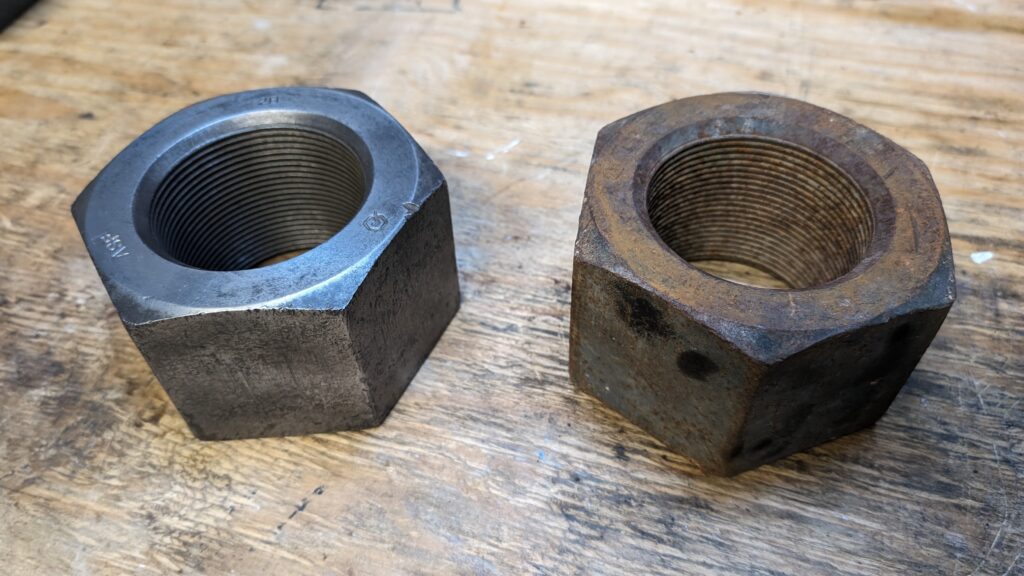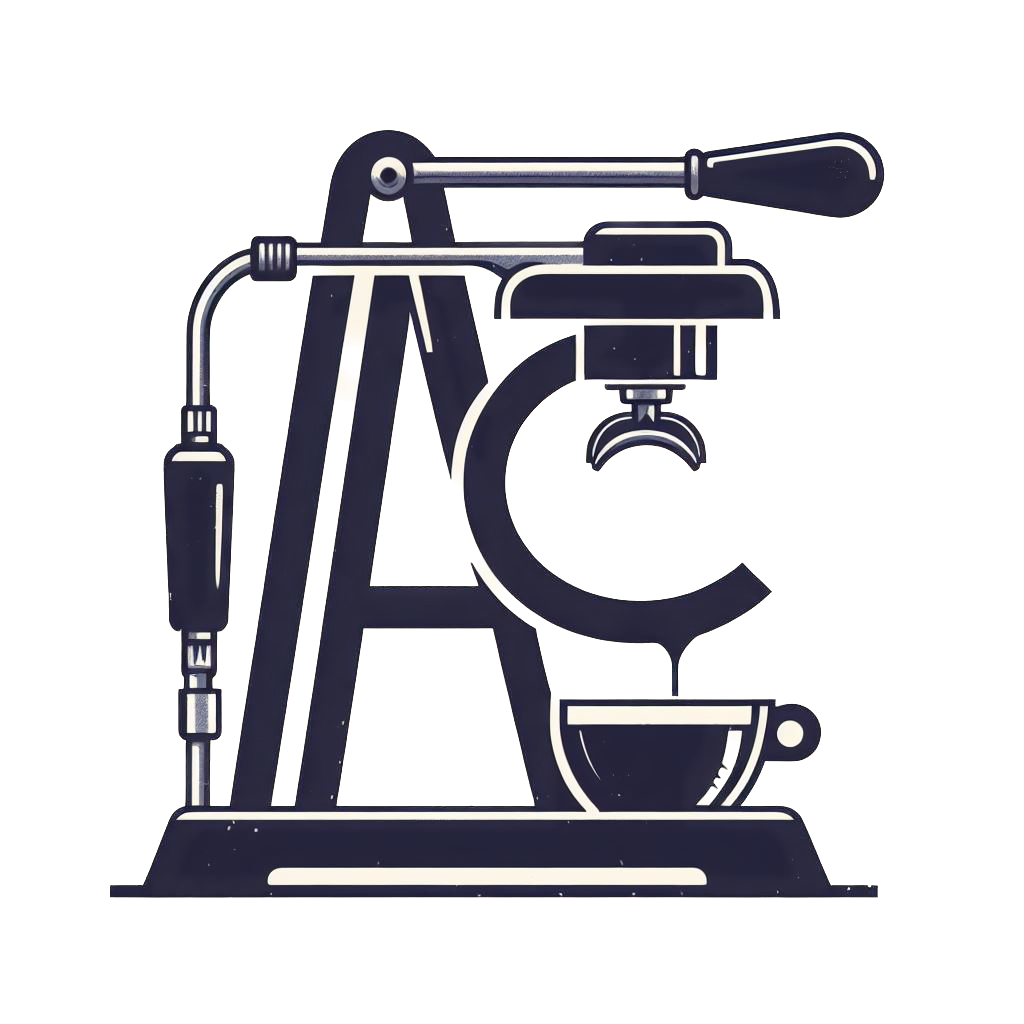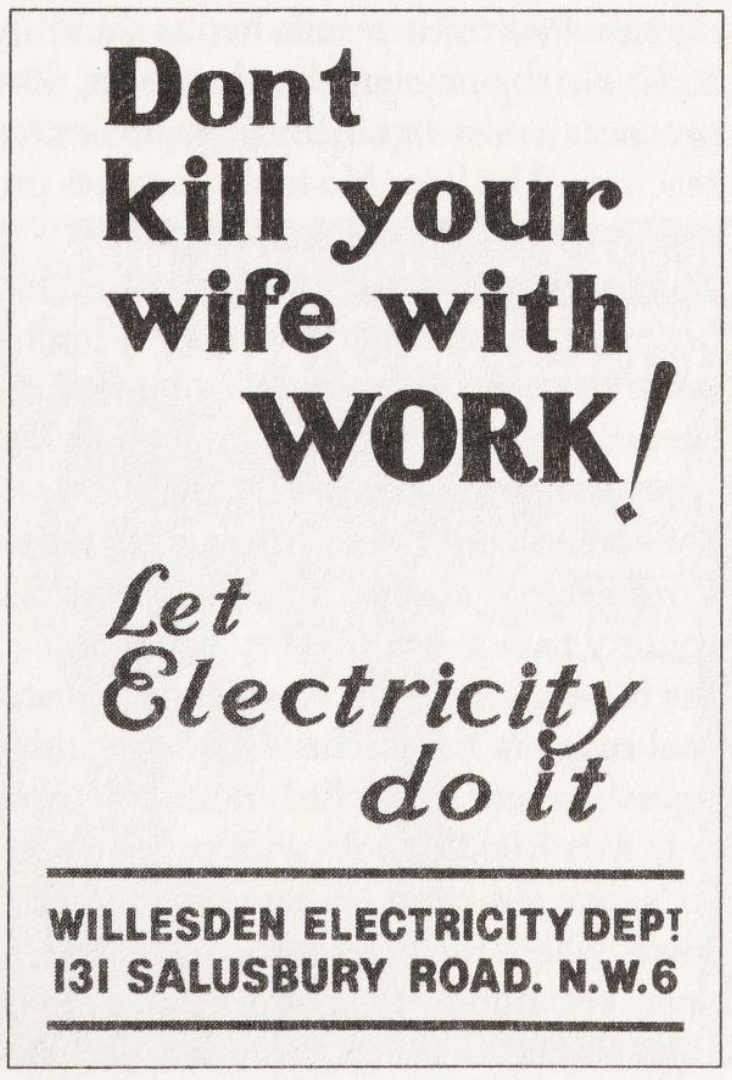When I found a very rusty Wilton bullet vise a few months back, I started to look into how to go about cleaning it up. What I learned is that rust removal is a messy, arduous process. But I also came across some posts about people using electrolysis to remove rust; it looked like a much cleaner approach, and importantly for me, an interesting way to solve the problem involving chemistry, technology, and a little elbow grease.

I’ll first give a high level primer on electrolytic rust removal so you know enough to be dangerous. I won’t go into too much detail, as there are plenty of places to read up more about it. I’ll include a link to the most helpful ones I found in the resources section.
How it works:
A rusty part is submerged in an electrolyte solution, connected to the negative (-) terminal of a DC power source: the cathode. In the solution is also submerged a sacrificial piece of iron attached to the positive (+) terminal: the anode. When the power is flipped on, rust is transferred from the rusty part to the sacrificial iron – effectively electroplating the sacrificial iron sourced by the rust on the part you want to clean. In turn, the rusty part gets a coating of black oxide that must be removed if you want that freshly cleaned iron look.
The good:
- The process does not damage the underlying part unlike mechanical wire brushing, sand blasting, grinding, or chemical solutions like vinegar, etc. Any pitting visible after cleaning was a result of the original rusting.
- It doesn’t involve any expensive rust removing solutions (I’ll let you do the math on filling a tub with Evaporust big enough for a vise), and it is quite economical once you get it set up, so it scales well for doing many parts.
The bad:
- It takes time: there are no immediate effects like with wire brushing. Depending on the size of the part, amount of rust, current, and other variables, it can take anywhere from a few hours to a few days to clean.
- The black oxide that remains after the rust is removed is a pain to clean off – there will be more on this later.



Leave a Reply